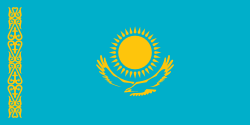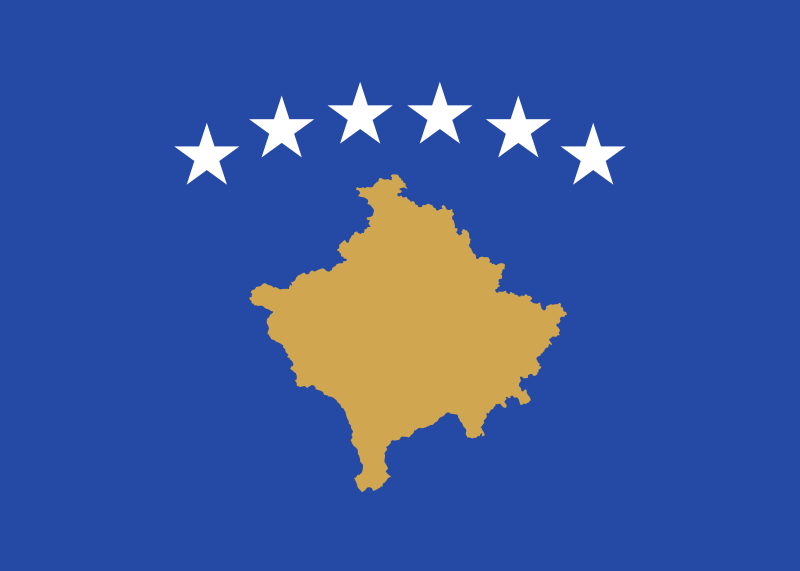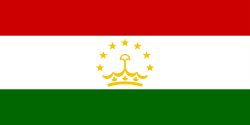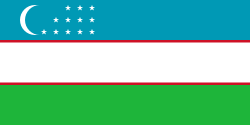General Information
Population
Immigration
Emigration
Working-age population
Unemployment rate
GDP
Refugees and IDPs
Citizenship
Territory
Migration Authorities
Responsible Body
Line Ministries
Agencies
Description
Hungary is a relatively ethnically homogenous country with a population of 9.689.010, only 2% of whom represent immigrants. A restrictive policy of the recent past has limited immigration to Hungary. Meanwhile, the return migration of Hungarian citizens has grown, slightly exceeding the emigration of Hungarians over the past three years.
Together with the higher number of deaths over births, reduced immigration is the reason behind the shrinking of the population of Hungary. The population is also ageing; the share of those who are 65 years of age or older is much larger than those who are 14 or younger. Over the past decade, the Hungarian government has introduced measures - from financial incentives to childcare support schemes and advertising campaigns - to encourage women to have more children, rather than turn to immigration to address the shrinking population.
In 2022, Hungary hosts 202.525 immigrants, over half of whom are from the European Union with the main origin countries being Germany (19.747), Romania (16.601) and Slovakia (16.040). Hungary also hosts 55.000 Asians, with 17.685 being of Chinese descent, and 30.707 Ukrainians. Small immigrant groups from America (7.454) and Africa (8.028) also exist. Regarding the purpose of their stay, 74.193 came to Hungary for employment reasons, 31.531 came for education purposes and 23.252 have come on family reunification grounds.
Despite the anti-immigration stance of the current government, migrants with specific skills are being allowed into Hungary to sustain the country’s growth and development. Hungary is also witnessing an increase in the number of its citizens returning to the country. The figure for returning citizens stood at 1.575 in 2010 but increased to 22.583 by the end of 2021.
Hungary’s approach to migration changed following the increased mixed migration flows of 2015, which left the country fearing a national security and social cohesion crisis. Actions and policies to limit immigration have been enacted ever since. Only refugees of Hungarian descent are prioritised, while the overall migration flow in search of international protection has been reduced. In 2021, there were only 40 asylum seekers who applied for protection and 35 who were given refugee status or subsidiary protection. For comparison, the number of asylum seekers exceeded 177.000 in 2015. According to UNHCR, in 2021 Hungary hosted over 5.600 refugees, with most being nationals of Afghanistan, Syria, Iraq and Somalia. The war in Ukraine that started on 24 February 2022 is changing the situation. From the end of February until 20 September 2022, almost 30.000 persons who fled the war received temporary protection in Hungary. Meanwhile, the number of border crossings from Ukraine into Hungary exceeded 1.4 million.
There are no accurate figures on the number of irregular migrants living in Hungary, but there are reports of undocumented irregular immigrants being taken back across the border to Serbia. Since 2016, a growing number of third-country nationals are refused entry at the Hungarian border. In 2020 and 2021, this number exceeded 34.000 persons per year. The number of persons ordered to leave has declined from close to 12.000 in 2015 to 4.500 in 2021. At the same time, return rates have slowly grown but remained overall low at 33% in 2021. In December 2021, the European Court of Justice ruled that Hungary had broken EU laws on protecting migrants by denying them asylum and forcibly deporting them.
The number of Hungarian citizens emigrating stood at 21.730 in 2021, up from 7.318 in 2010, but down from the peaks of 31.385 and 32.852 in 2014 and 2015. The main destination countries for Hungarian migrants are Austria, Germany and the UK. The flow of Hungarian migrants choosing Austria has increased and stood at 8.005 in 2021. The peak for Hungarians migrating to Germany was 2014 and 2015 while 6.361 chose Germany in 2021. Brexit has meant that fewer Hungarians migrate to the UK. 7.260 travelled there in 2014 but this flow had dropped to 1.379 in 2021. The most populous Hungarian communities reside in the US, Romania, Slovakia, Canada, Germany, Serbia and Israel. Despite Hungary having a relatively low unemployment rate, which stood at 3.5% in July 2022 following a downward trend since 2013, the search for economic opportunities abroad remains among the most common reasons for emigration.
During the last full academic year, there were 35.600 international students in Hungary. This is significantly higher than the 13.038 Hungarian students who chose to study abroad. The highest numbers come from Germany (3.430), China (2.377), Romania (2.216), Iran (2.216) and Serbia (2.169). The numbers of international students have generally been increasing since 2015. By contrast, Hungarian students studying abroad focus mainly on Austria, Germany and the UK.
Hungary’s asylum laws are enshrined in Act LXXX of 2007, which was adopted to protect the human rights and fundamental freedoms of displaced persons. Significant amendments were adopted in 2016, 2017, and 2020. These have cancelled the Integration Contract and Support scheme for beneficiaries of international protection, as well as cancelled special "transit zones" - places for asylum seekers to stay in while their status was determined by the authorities. Furthermore, there is no specific integration law in Hungary. Hungary adopted an integration strategy for the period 2014-2020, but does not have a current integration programme for newcomers. The strategy document mainly emphasised migrants’ rights and duties in Hungary, as well as focusing on providing support services, legal assistance and representation in all phases of the asylum procedure, with special emphasis on vulnerable persons.
Act II of 2007, which was last amended in 2019, covers the Admission and Right of Residence of Third-Country Nationals, while Hungary’s citizenship law is covered by Act LV of 1993. This promotes the unification of citizenship within a family and aims at reducing cases of statelessness. The act also regulates the acquiring (and termination) of Hungarian citizenship by right, naturalisation or other lawful means. This Act was substantially amended in 2010.
The interior ministry leads on migration issues in Hungary and is supported by the General Directorate of Aliens Policing. Policy in this regard is centralised in Hungary with tight controls over local authorities, public authorities and NGOs.
Hungary is a party to the Prague Process, the Khartoum and Rabat Processes and a co-chair of the Budapest Process.



















































